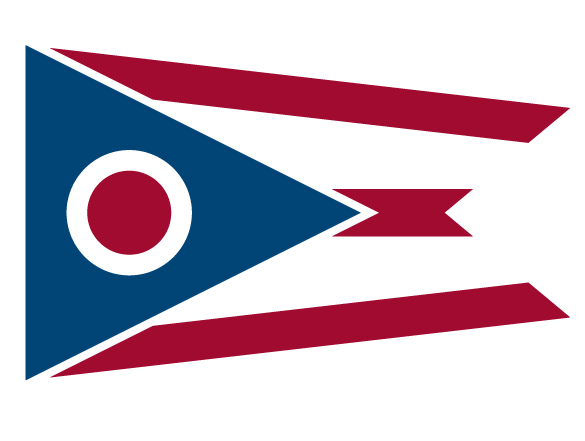Aquarius Water Treatment Facility
The Aquarius Water Treatment Facility opened in 1985. It currently provides roughly nine million gallons of water daily to over 80,000 residents living in the following communities: Eastlake, Willoughby, Willowick, Wickliffe, Willoughby Hills, Lakeline & Timberlake.
Our team continually strives to optimize operations and provide customers with the highest quality water. Lake County water has an excellent track record with the Ohio EPA and recently won the “Directors Award of Recognition” from the American Water Works Association, placing both water facilities as part of only 8 of 300 surface water treatment facilities within the state of Ohio to hold this prestigious award.
Aquarius Water Treatment Process
Water Intake: Raw water
The water to be treated is taken from Lake Erie through a 60-inch pipe which extends roughly 3,100 feet into the lake. The water is transported through the pipe to the raw water pump station, located right above the intake pipe. The water then flows over two traveling screens which remove debris and other particles from the water. From here, the water is pumped at a rate of 61,500 gallons per minute to the treatment facility.
Pretreatment facilities
The incoming water is monitored by an ultrasonic flow meter, while facility operators regulate the chemical feed and filter rates. The water enters the rapid mix tanks where chemicals are added, depending on the treatment objective.
Flocculation tanks
From the rapid mix tanks, the water then flows to the flocculation tanks, where large rotating paddles churn the water. This rotation of the water allows for the chemicals previously added to produce reactions, which cause large particles of debris, or floc, to form together. Later in the process, these particles are easily removed.
Sedimentation tanks
After a short period in the flocculation tanks, the water flows into the sedimentation tanks. It is here that the floc settles to the bottom of the tank, where it remains until it is removed by a suction sludge collector. After all the floc is removed, the water stays in the sedimentation tanks for another four hours. Once the flow begins again, the water proceeds to the filtration process.
Filter Area
When the water flows through the filters, any floc that might remain is caught in the filter. The filter is comprised of two layers that include anthracite and sand. The water drain system assures that the water flows evenly through the filter system.
Backwashing
Periodically, the filters need to be cleaned. This process allows water from the 845,000 gallon backwash tank to flow up through the filters and remove the build-up that has accumulated inside. The backwash water then flows to an underground pipe.
Clear Wells and High Service Pump Area
The single clear well stores roughly 1,170,000 gallons of potable drinking water and fulfills the demands in the western Lake County.
